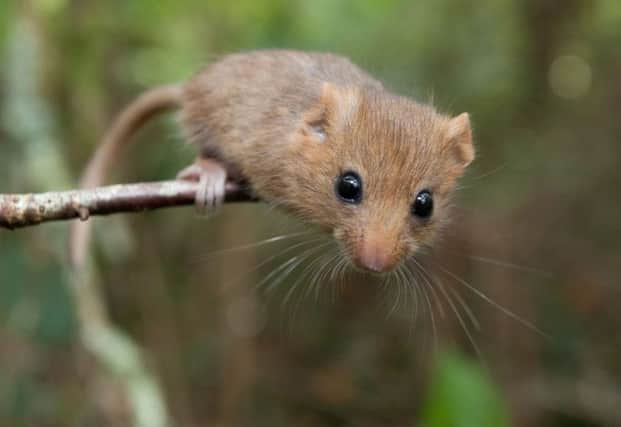Dales woodland sees growing numbers of endangered dormice


Changes in woodland management have led to the dormouse being considered one of Britain’s most endangered mammals, having suffered a decline by more than a third between 2000-16, wildlife charity, the People’s Trust for Endangered Species, reports.
Yet in a newly published report, wildlife conservation officers at the Yorkshire Dales National Park Authority state that the prevalence of the species in the park grew last year. Despite the unsettled weather last summer, there were no prolonged periods of rain, which made for a “reasonable” breeding season.
Advertisement
Hide AdAdvertisement
Hide AdSome 35 dormice were first reintroduced into the 12-acre Freeholders’ Wood in Aysgarth in 2008 and their numbers are checked by licenced fieldworkers who monitor 255 individual nest boxes once a month between May and October each year.
Three litters were located in June, two in July, three in August, two in September and three in October.
Fieldworkers also recorded a first last year, when nesting blue tits were found to be harmoniously occupying the same nest box as dormice in Freeholders’ Wood.
Ian Court, wildlife conservation officer at the Yorkshire Dales National Park Authority, who co-authored the report, said: “Freeholders’ Wood is one of two sites in the National Park where Dormice are present, and overall it’s been another good year.
Advertisement
Hide AdAdvertisement
Hide Ad“The spring and autumn records compare very favourably with the national data and suggest the population is doing well.”
Mr Court said he believes the dormouse population can continue to be sustained in the Dales.
He added: “The management of Freeholders’ Wood, which includes a hazel coppicing programme, will ensure that in the long-term the habitat remains suitable for Dormice. The monitoring work suggests that the wood continues to support a viable population.”